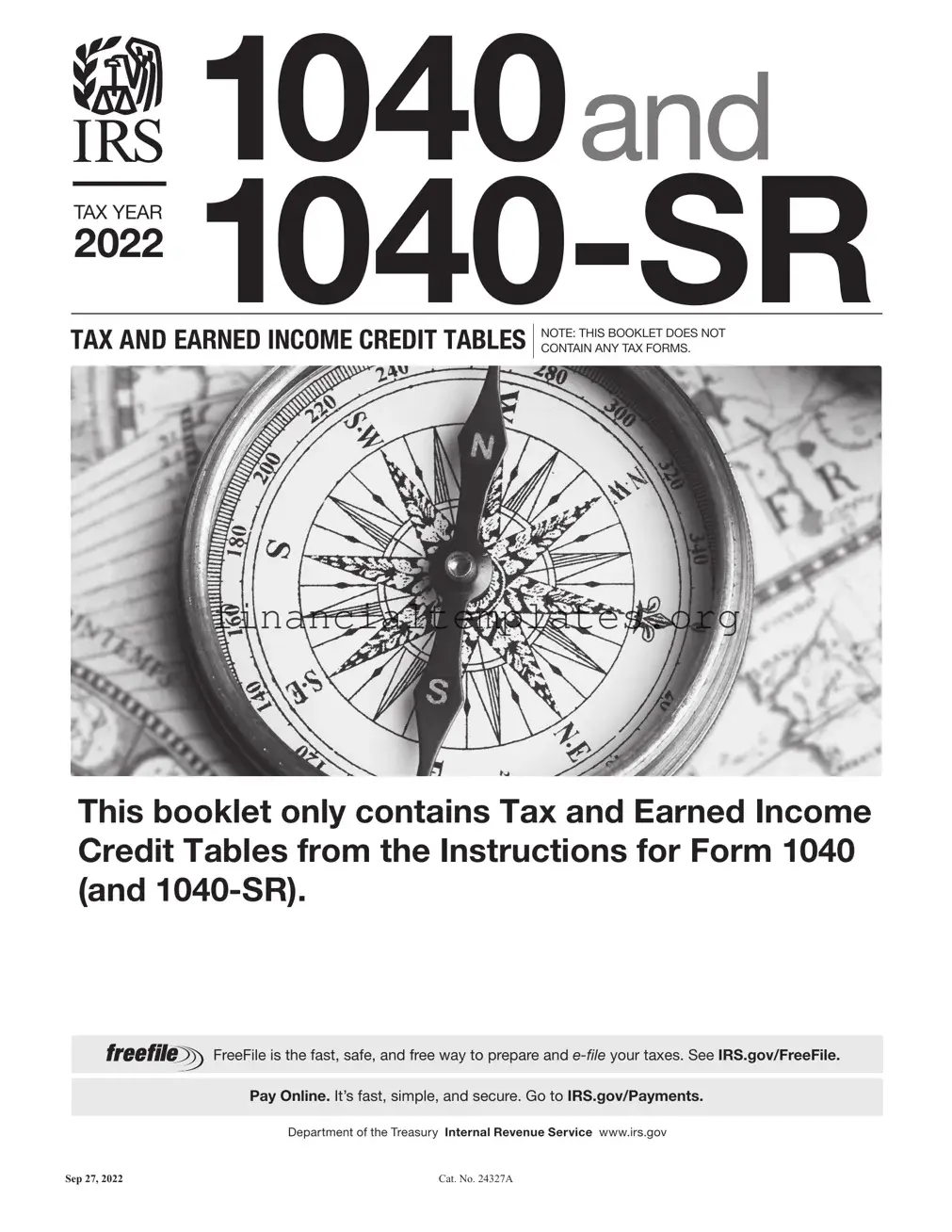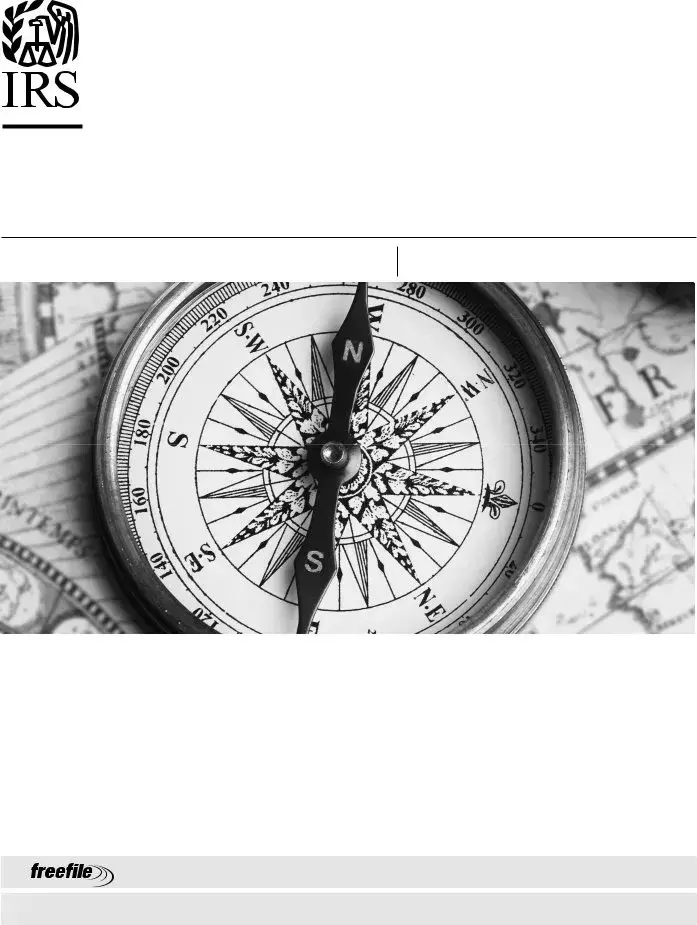The IRS Form 1040 is closely related to the 1040A and 1040EZ forms, serving a similar purpose but designed for different situations. While the 1040 form is more comprehensive, covering a wide range of financial situations, the 1040A and 1040EZ are simplified versions. The 1040A is suited for individuals with a more straightforward financial situation, without the need for itemized deductions. The 1040EZ, even more streamlined, is ideal for single or married individuals without dependents and with an income below a certain threshold. All these forms guide taxpayers in calculating their owed taxes, but differ in complexity to accommodate various financial scenarios.
The Schedule A form, or Itemized Deductions, is another document bearing similarities to the IRS Tax Table in the 1040 booklet. Where the IRS Tax Table helps taxpayers determine their tax liability based on their income and filing status, Schedule A allows individuals to reduce their taxable income through a variety of deductions. These deductions can include medical expenses, state and local taxes, and charitable contributions. By itemizing deductions, taxpayers might lower their taxable income more significantly than by taking the standard deduction, ultimately affecting the tax calculation done with the IRS Tax Table.
Schedule C, Profit or Loss from Business, is related yet distinct from the IRS Tax Table. Entrepreneurs and self-employed individuals use Schedule C to report the income and expenses from their business operations, which then influences their overall taxable income. While the IRS Tax Table calculates the tax based on the taxable income figure, Schedule C helps in determining what that taxable income will be by accounting for business profits or losses.
The W-2 form, Wage and Tax Statement, is a document employees receive from their employers, detailing their annual wages and the amount of taxes withheld from their paycheck. It plays a crucial role in filling out Form 1040 since it provides necessary information to determine taxable income and ensure the IRS Tax Table applies the correct tax rate. The synergy between the W-2 and the IRS Tax Table is essential for accurate tax liability calculations.
Form 1099, on the other hand, encompasses various documents intended for independent contractors, freelancers, and others who receive income outside of traditional employment. Like the W-2 form, 1099 forms report income, but without payroll taxes withheld. Recipients use this information to complete their 1040 form and, subsequently, to ascertain their tax through the IRS Tax Table, accounting for the taxes they owe independently.
The Earned Income Credit (EIC) Schedule, or Schedule EIC, is a form used in conjunction with the 1040 form to claim the Earned Income Tax Credit. This credit is designed for lower to moderate-income working individuals and families to lower their tax owed, or possibly increase their refund. While the IRS Tax Table determines the amount of tax based on taxable income, Schedule EIC can significantly reduce that tax or even turn it into a refund, directly affecting the outcome derived from using the Tax Table.
Finally, the Child Tax Credit form, often a part of the overall tax return documentation processed alongside the 1040 form, directly influences the tax calculations by providing tax relief to those with qualifying children. This credit can reduce the taxpayer's liability, as reflected in the IRS Tax Table, by offering a per-child credit that lowers the overall taxes owed, illustrating another layer of interaction between different tax documents and the final tax calculation.
In summary, while each of these seven documents serves its unique purpose in the tax filing process, they all interact intricately with the IRS Tax Table embedded within the 1040 instructions. From determining taxable income, identifying eligible deductions and credits, to directly reporting income or losses, each form contributes to the accurate computation of tax owed as per the tables provided by the IRS.



